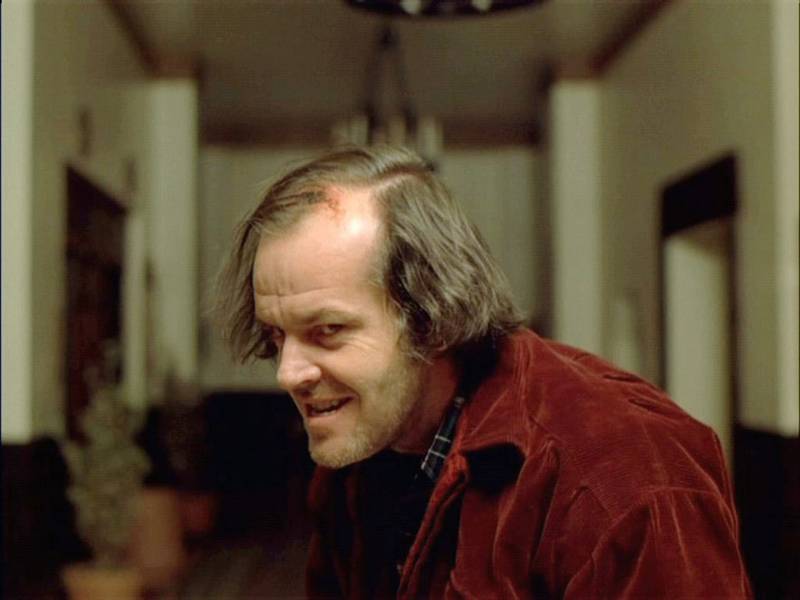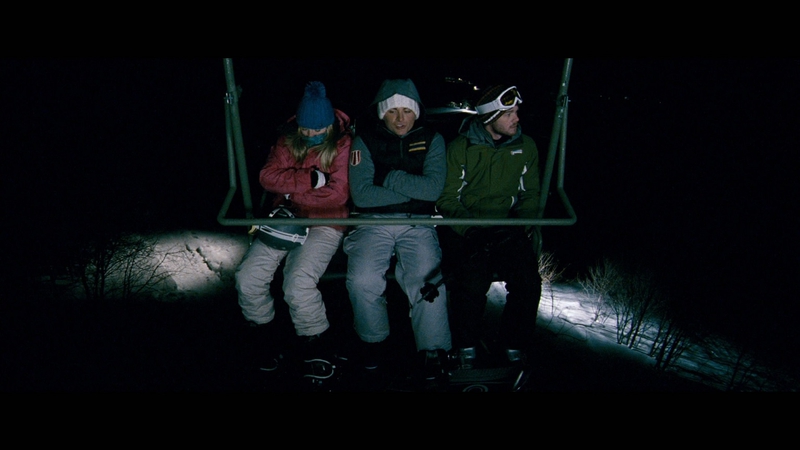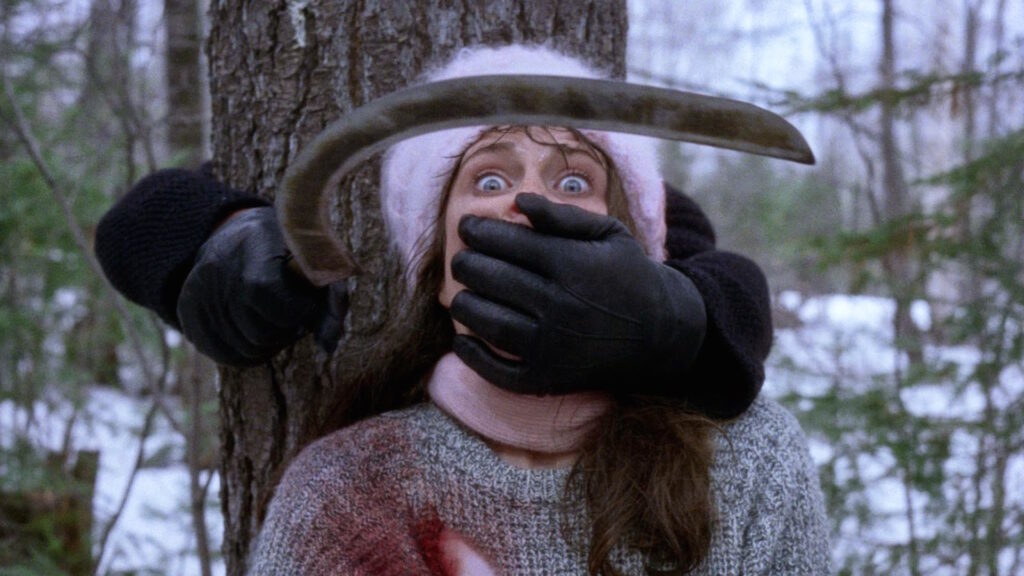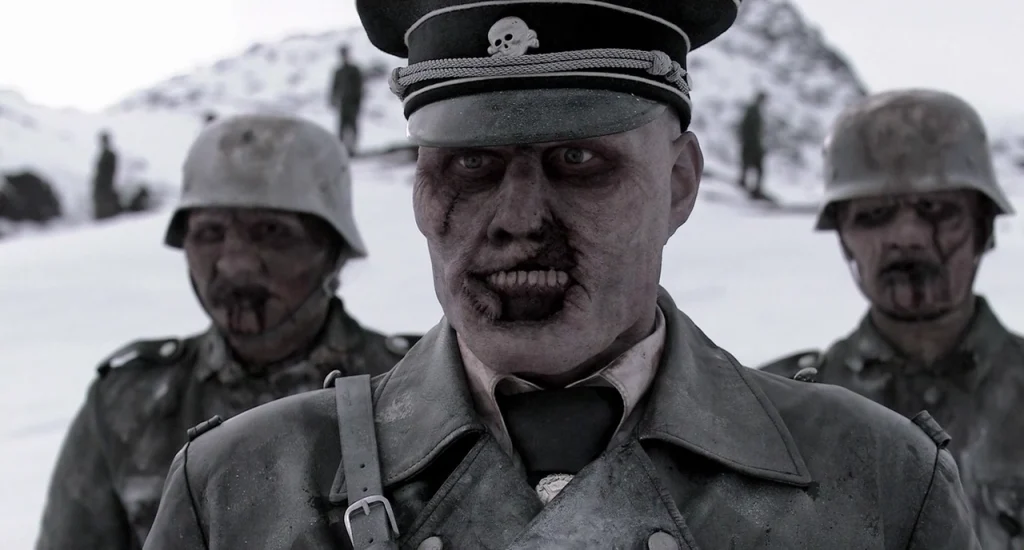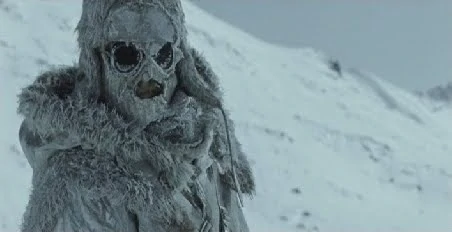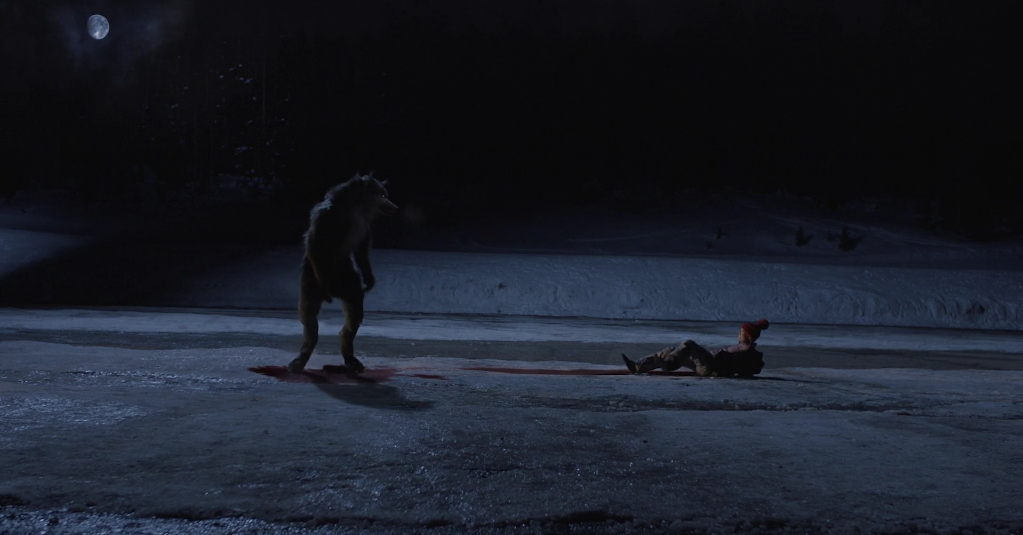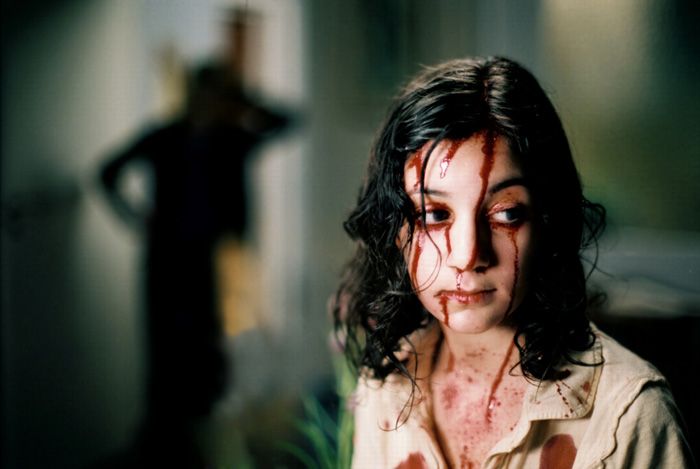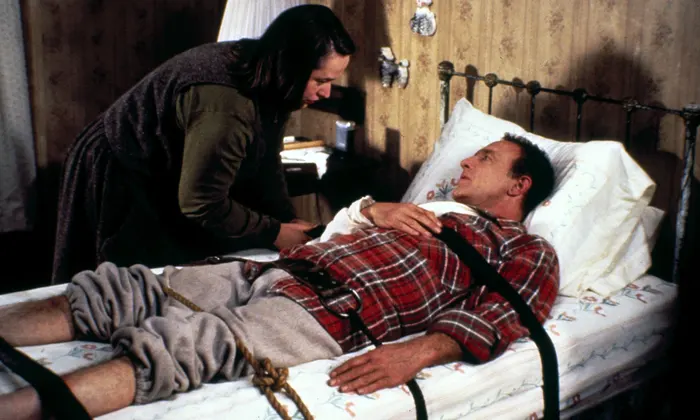2025 Horror Anniversaries: Part Two

The Descent (Directed by Neil Marshall, 2005)
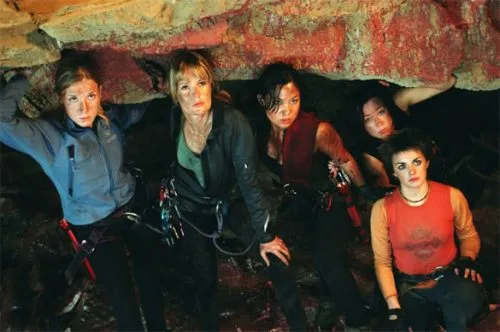
Very rarely does a film like The Descent come around, with the horror being comparable to one hundred minutes of pure fright. This British film comes from the mind of horror auteur Neil Marshall, who delivers an experience that is known for managing to scare the wits out of even the most hardened of viewers. The Descent follows six lifelong friends who have made a habit of going on adrenaline-fuelled trips. For their latest excursion, they embark on a caving adventure, however, once inside the uncharted cave they discover an army of humanoid creatures who they must battle against to survive.
Every box is ticked: gnarly creatures, the dark, twisted group dynamics, betrayals, heights and injuries all make an appearance. Yet, there is one element that surpasses the rest, the claustrophobic caves. The film showcases tight caves, where the women have to squeeze themselves through the tiniest of gaps just to get to another narrow tunnel. It’s a seemingly neverending cycle of torture that still daunts, intimidates, wrecks, shocks and scares stiff twenty years on.
Final Destination (Directed by James Wong, 2000)
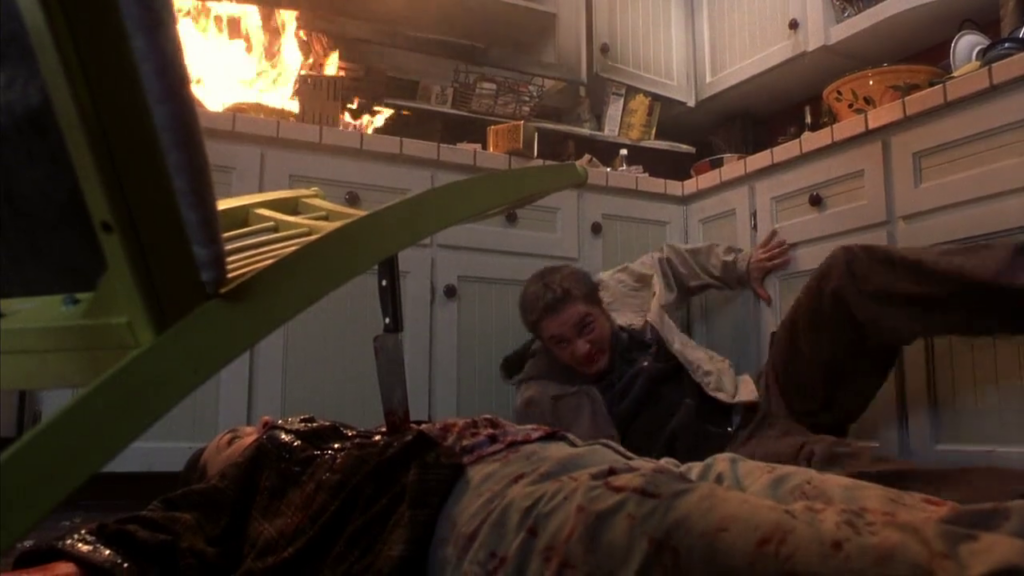
The franchise responsible for making people terrified of log trucks, alongside pretty much every potentially dangerous concept such as bridges, planes, race tracks and so forth is soon to have six films to its name, but it all began twenty-five years ago with the original Final Destination. The premise follows a group of teens who cheat death after experiencing a catastrophic premonition before they are due to take off on a plane. However, rather than remaining unscathed from the incident, death begins coming after them one by one.
Prior to writing the script with fellow writer Glen Morgan and eventual director James Wong, Jeffrey Reddick conceived the premise as an unsolicited idea for an episode of the TV series ‘The X-Files‘. However, rather than being submitted to the network, Reddick was convinced to develop the forty-five minute episode into a feature-length film. The result of the script is extremely theatrical, very seriously toned, and alert to its own sternness of a subject matter, yet at the same time, its melodramatic flair makes it somewhat of a comfort watch, where the predictable, formulaic nature of death chasing down each character makes for great repeat viewing.
Ginger Snaps (Directed by John Fawcett, 2000)

The matter of lycanthropy has never been so angsty in John Fawcett’s Ginger Snaps. This werewolf tale follows Ginger (Katharine Isabelle) and her sister Bridgette (Emily Perkins), who together have a strange obsession with death, often photographing themselves as they stage various methods of killing. Their curiosity about the macabre soon becomes a reality after Ginger is bitten by a werewolf on the night of a full moon. Soon, Ginger becomes more than a hormonal teenager as she sports a growing tail, sprouts hair and develops a ferocious appetite for violence.
Ginger Snaps possesses the capacity to be analytically torn apart and devoured as a piece of metaphorical heavy cinema, with the film often being written about by many academics, namely Barbara Creed in her Monstrous Feminine theory. Creed posits that Ginger Snaps can be read as a recreation of the adolescent woman as an animal, akin to a feral beast equipped with all the bodily changes for a monstrous affair. Whether you absorb the film as an interpretive experience, or as pure entertainment, Ginger Snaps is a killer horror through and through.
Scary Movie (Directed by Keenen Ivory Wayans, 2000)

Although the iconic satirical slasher Scary Movie is due to turn twenty-five years old this summer, the Wayans brother production is largely, minus a few dated moments, still as hilarious today as it was at the start of the millennium. The two decades before Scary Movie was inundated with slasher films, to the point where metafictional cinema and media had pulled reign and both celebrated and parodied the influx, with Scary Movie being a key example of such cinema. Just a few pieces that are spoofed throughout the film include ‘I Know What You Did Last Summer’, ‘Scream’, ‘The Shining’, ‘Friday the 13th’, ‘Halloween‘, ‘The Matrix’ and ‘The Blair Witch Project’.
Unlike many horror films, Scary Movie solely thrives on its humour rather than the scares, with every scene brimming with raunchy, vulgar moments of shockingly daring, slapstick-like and at times crude laughs. This bold take was seen as a bit too tasteless for some of the bigger news outlets reviewing the film upon its release, yet for many, the obscenity is what makes the film excel. The film ended up spawning five sequels, the latter of which was only recently announced, but the anticipation is already making waves, particularly as the Wayans are set to return and write the screenplay.
Misery (Directed by Rob Reiner, 1990)
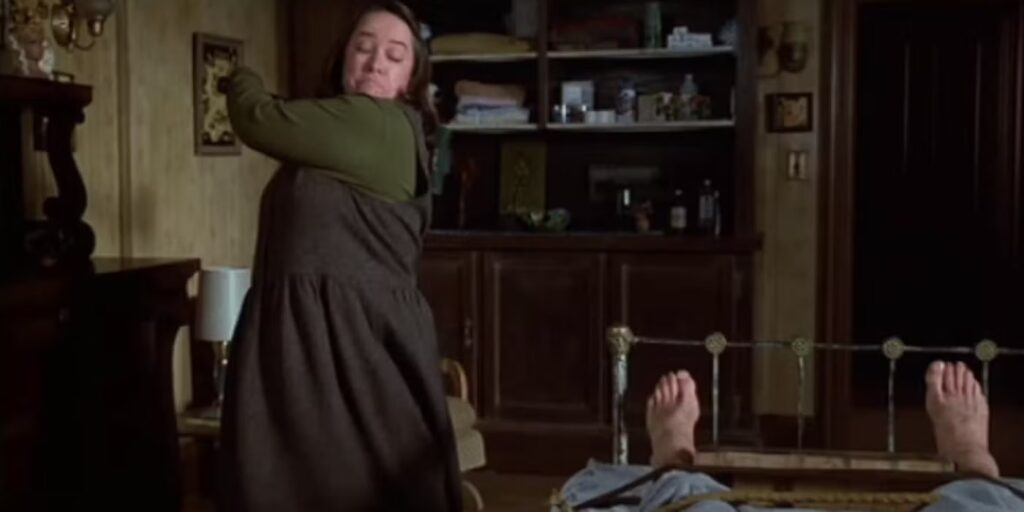
Misery, an adaption of Stephen King’s novel of the same name (1987), is said to be one of King’s favourite cinematic recreations of his many books. The reasons as to why this is the case are countless, as Misery well and truly flourishes in every category. Firstly, the acting is excellent, with Kathy Bates winning the Academy Award for Best Actress, which is a feat in itself when one considers that the Oscars is renowned for commonly overlooking the horror genre in its selection. One of the many other reasons for its golden reputation is that the film is genuinely suspenseful, with Reiner actively creating scenes awash with nail-bitingly tense moments of sheer fright, terror and blinding anticipation.
A pivotal example of Misery’s brilliance is when Bates’ character, Annie Wilkes, who has been holding novelist Paul Sheldon (James Caan) restrained and hostage, takes a sledgehammer to her captive’s ankles, smashing them to smithereens. The snapshot of Sheldon’s ankles making a ninety-degree angle is shown, but the moment is deliberately and incredibly brief, with Reiner focusing on showing the raw reactions of both the characters instead of the gore. Ultimately, it is Misery’s adept ability to convey strong emotional tension that makes it still a supreme classic horror film thirty-five years on.
A Nightmare on Elm Street 2: Freddy’s Revenge (Jack Sholder, 1985)
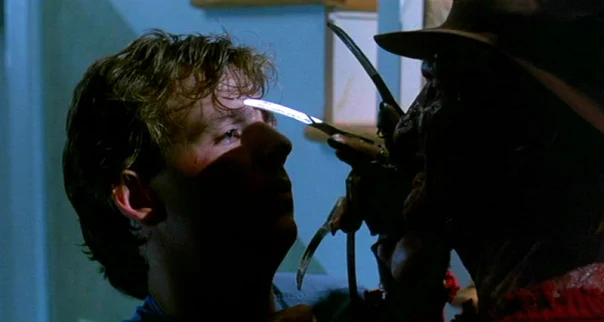
Wes Craven’s original A Nightmare on Elm Street (1984) is an obvious, undefeated champ, and commonly agreed upon as the best entry in the lengthy franchise, yet its sequel ‘Freddy’s Revenge’ does have its gleaming moments that have led to its contemporary cult status forty years on. The second telling of Freddy Kreuger (Robert Englund) follows teenager Jesse Walsh (Mark Patton), who has recently moved into the former property of Nancy Thompson, who years prior suffered a disastrous fate at the hands of the ‘Springwood Slasher’ himself. Soon, Jesse begins to experience horrific nightmares of Krueger, leading to a deadly fight for survival.
Upon its release, reviews were in the grey, with the film being continuously compared to its predecessor. Despite the initial murky critical reception, Freddy’s Revenge has become a glorified entry in the Elm Street series, with the film’s surrounding dialogue revolving around matters such as homoeroticism, sexuality and repressed desires.
The Changeling (Directed by Peter Medak, 1980)

The Changeling follows John Russell (George C. Scott), a New York composer whose car becomes stuck in the snow whilst travelling in the mountains. Whilst calling for help in a nearby phone booth, he witnesses a truck collide with his wife and daughter, brutally killing them both. Grieving from the loss of his family, he moves to Seattle, renting a grand mansion that has been supposedly vacant for over a decade. Although John is all alone, he begins to experience strange phenomena as the house reveals itself to be haunted.
The Changeling is known to be quite the terrifying feature, with the film being the quintessential ghost story. Creaky doors, loud sudden noises and supernatural apparitions all make themselves known throughout, with each act becoming embroiled with layers of haunting lore. Yet, the archetypal spooky elements are far from being monotonous, as The Changeling is filmed in such an atmospherically captivating way, with some truly mystifying cinematography, detailed sound design and a commendable, believable performance from Scott.
Peeping Tom (Directed by Michael Powell, 1960)
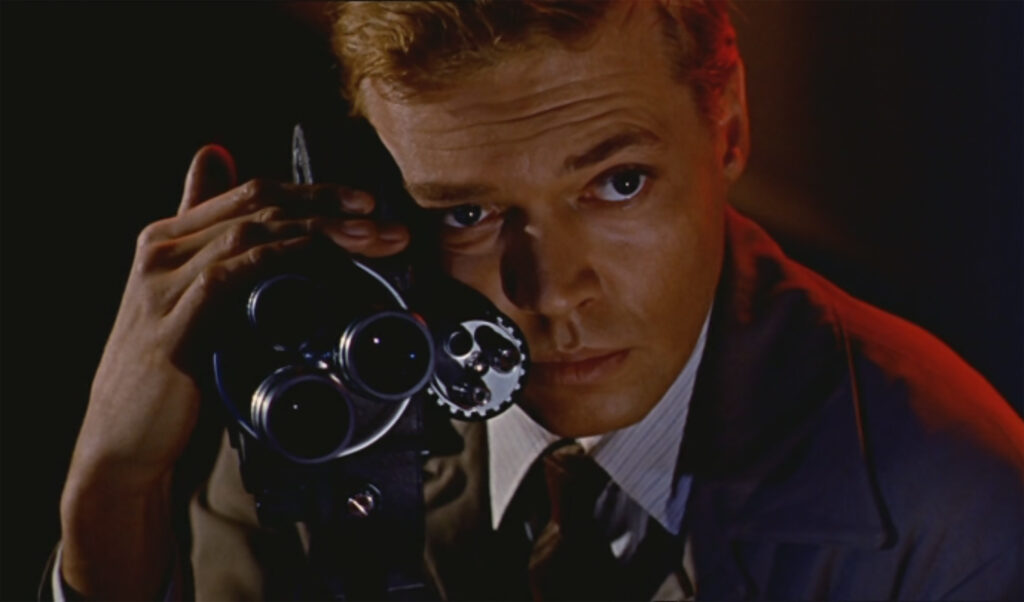
Carol Boehm plays Mark Lewis, a serial killer whose modus operandi is unsuspecting women who he murders using a concealed blade hidden in his camera equipment, filming his victims as he murders them. In Peeping Tom, the camera that Lewis uses becomes a weapon, capturing the look of pure fear in a person’s eye as they realise that the man before them is actually a savage and a sadistic killer.
It is incidents such as these that led to the film becoming harshly received upon its release sixty-five years ago. Various countries sought for the film to be censored and reprimanded due to the shocking nature of the film. One of these restrictions lasted for twenty-one years, with Finland outright banning the film. Peeping Tom’s historical legacy is rich with explorations surrounding the film’s portrayal of voyeurism, which is used as a lens, traversing issues such as the human psyche, alongside the voyeuristic gaze that cinema itself withholds.
Psycho (Directed by Alfred Hitchcock, 1960)

One of the most iconic horror films of all time turns sixty-five years old this Autumn. Psycho is a lesson in suspense, particularly in thanks to the filmmaker behind the camera, the one and only Sir Alfred Hitchcock. The film’s direction, unnerving legendary score, unsettling set design, stark lighting and tremendous performances have helped propel Psycho to its acclaimed position and cement the tropes that still linger in the genre to this day.
The film’s uncanny ability to startle does not simply lie in its technical elements, with Psycho additionally taking heed of its dark atmospheric aura and tone to draw viewers in only to cruelly punish them at the hands of its anxiety-inducing plot. For instance, the film makes use of its psychological motives, both through the narrative itself, and through the way Hitchcock pulls off some of the greatest plot twists of all time.
Want more top horror lists and reviews? Check out our blog here..


